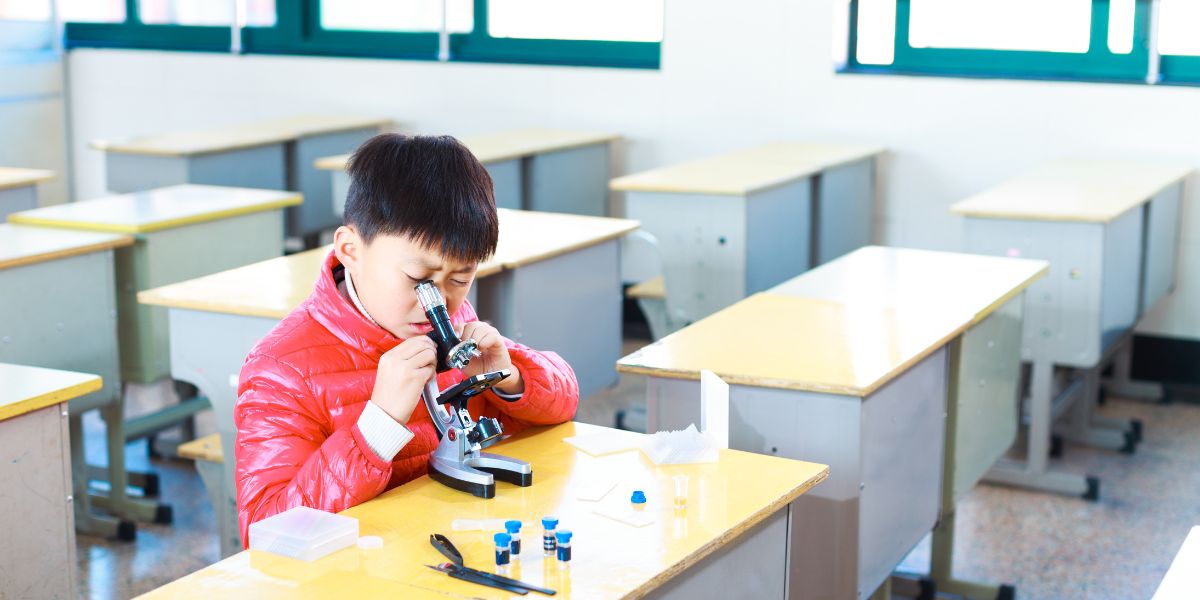
Filter paper can enhance your classroom experiments by offering a simple yet effective way to explore various scientific concepts. From separating mixtures to analyzing substance purity and conducting chromatography experiments, filter paper proves to be an indispensable tool. The versatility and accessibility of filter paper make it a valuable asset for hands-on learning experiences, allowing students to engage with practical applications of scientific principles. As you consider the numerous possibilities filter paper presents, you may discover new ways to elevate your classroom experiments and foster a deeper understanding of scientific processes.
Filtration of Mixtures
When filtering mixtures using filter paper, ensure a steady flow to separate components effectively. To begin, fold the filter paper into a cone shape and place it securely in a funnel. Pour the mixture slowly onto the filter paper, allowing it to pass through without overflowing. The filter paper will trap larger particles, allowing the liquid or smaller particles to pass through. Make sure to use an adequate amount of filter paper to prevent any leakage or spillover.
After the filtration process is complete, carefully remove the filter paper from the funnel. You can then observe the separated components, noting any differences in color, texture, or consistency. Dispose of the filter paper and residue properly according to your laboratory guidelines.
Testing Substance Purity
To assess the purity of a substance, testing methods can provide valuable insights into its composition and quality. One common way to test substance purity is by conducting a simple filter paper test.
Begin by dissolving a small amount of the substance in a suitable solvent. Next, place a few drops of the solution onto filter paper and allow it to dry. If the substance is pure, it should leave behind a clear and consistent spot on the filter paper. However, if impurities are present, additional spots or color variations may appear, indicating a lack of purity.
This method is quick, easy, and can be performed with minimal equipment, making it ideal for classroom experiments. By understanding how to test substance purity using filter paper, students can gain practical experience in analyzing the quality of chemical samples, honing their observation skills, and developing a deeper understanding of the importance of purity in scientific investigations.
Chromatography Experiments
Let's explore how chromatography experiments can be used to separate and analyze mixtures of substances effectively. Chromatography is a versatile technique that can help you identify the components of a mixture by separating them based on their different properties.
To conduct a simple chromatography experiment, you'll need filter paper, a solvent, and a mixture to analyze.
Start by drawing a baseline on the filter paper and placing a small dot of the mixture at one end. Then, carefully dip the paper into the solvent, ensuring that the mixture dot doesn't touch the solvent directly. As the solvent travels up the paper by capillary action, it will carry the components of the mixture along with it. Different components will move at varying speeds, leading to visible separation on the paper.
Seed Germination Studies
Consider placing the seeds on filter paper for observing germination patterns. This method offers a clear view of the germination process, making it an excellent choice for classroom experiments. To start, dampen a piece of filter paper and lay it flat in a shallow dish. Then, evenly space the seeds on the paper, ensuring they've ample room to sprout. Cover the dish to create a mini greenhouse effect that promotes germination. By using filter paper, you can easily monitor the seeds' progress without disturbing them.
Filter paper provides a controlled environment for seed germination studies. It allows you to observe root and shoot development with precision. Additionally, the transparency of filter paper enables students to witness the growth process firsthand. This hands-on approach fosters engagement and a deeper understanding of plant biology concepts. Moreover, filter paper is cost-effective and readily available, making it a practical choice for classroom activities. Overall, using filter paper for seed germination studies is a simple yet effective way to enhance learning experiences in the classroom.




